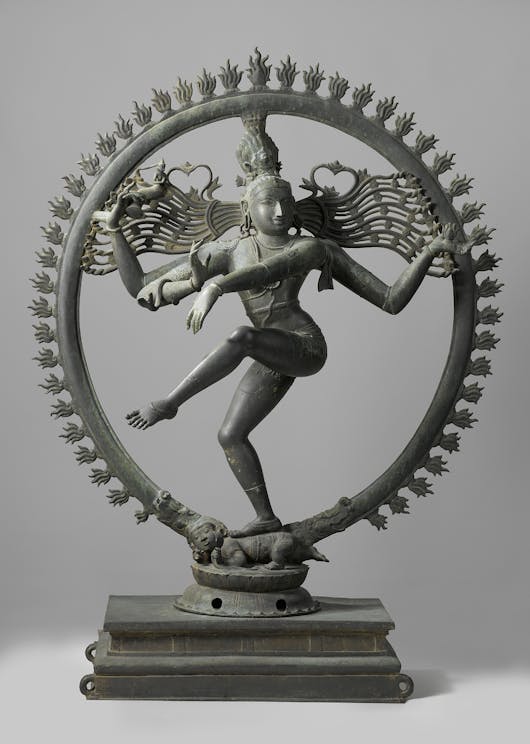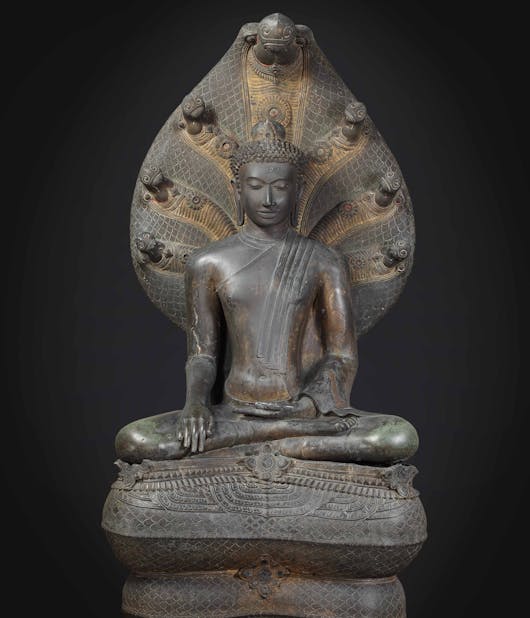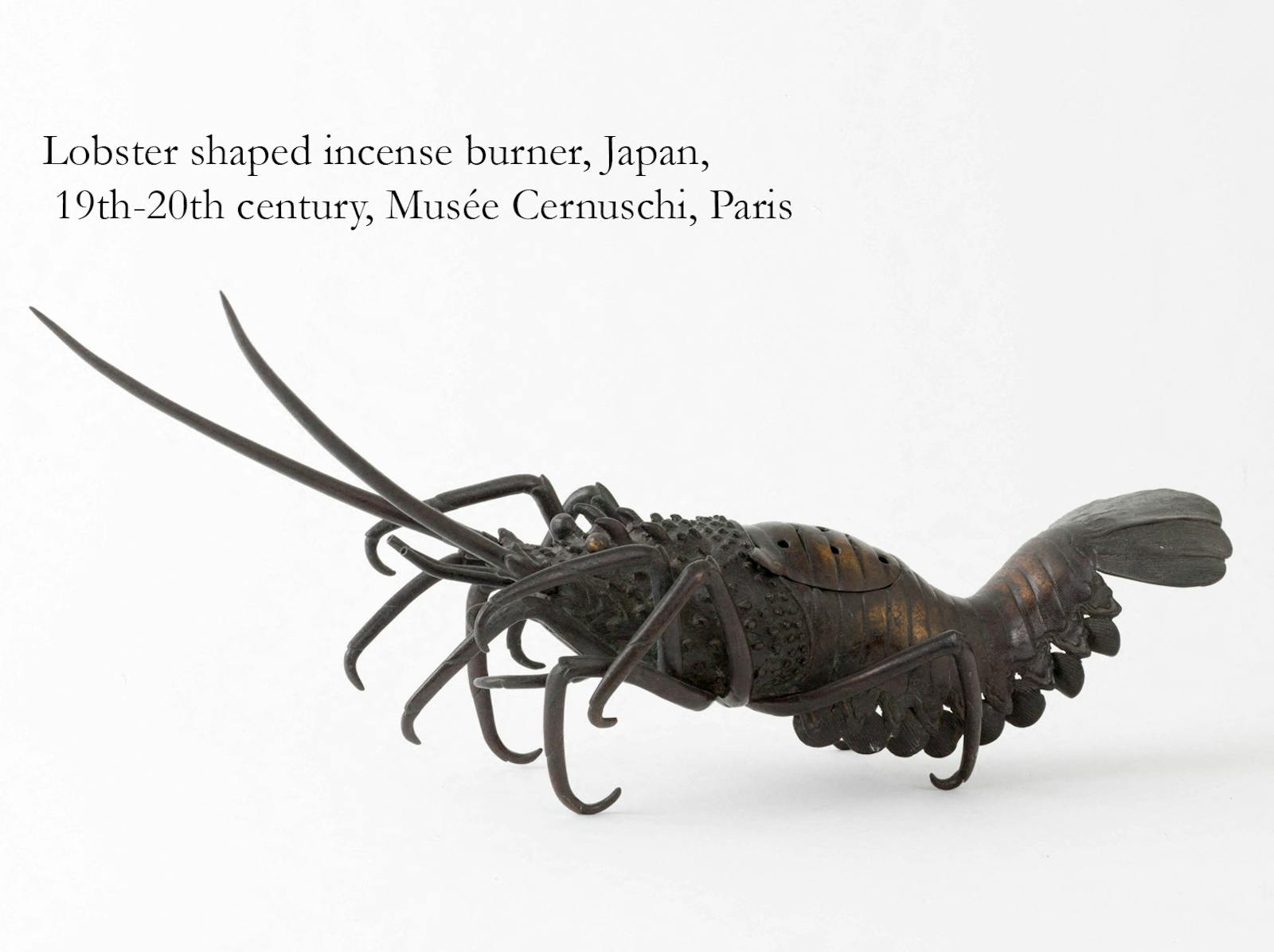27 September 2024 - 12 January 2025
Asian Bronze | Rijksmuseum Amsterdam
The Rijksmuseum, Amsterdam, presents 75 masterpieces showcasting the beauty of 4,000 years of Asian bronze art - from statues of gods to objects for ritual practice and everyday use.


Heaven on Earth
In the exhibition - Asian Bronze, 4,000 years of beauty - the Rijksmuseum brings together more than 75 bronze masterpieces, from prehistoric artefacts to contemporary artworks, from India, China, Indonesia, Japan, Thailand, Vietnam, Pakistan, Nepal and Korea. Most of these works are on display in the Netherlands for the first time and more than 15 of them have never been shown in Europe before. Statues of Buddha, Shiva and Vishnu, among other images, impressively show how heaven was often depicted in bronze on earth. All the senses are stimulated by bronze mirrors, weapons, bells, wine vessels and incense burners, often spectacularly depicted in the shape of lions, elephants, or mythical creatures.

Six Museums in Asia
The exhibition features works from six museums in various Asian countries. The National Museum in Bangkok, for example, has loaned six works, including Buddha under Naga's hood, which is leaving Thailand for the first time since it was cast in the 12th or 13th century. Works will also come from the Museum of Contemporary Art in Bangkok. Other loans come from India (National Museum, New Delhi; Bihar Museum, Patna), Indonesia (Museum Sonobudoyo, Yogyakarta) and Pakistan (National Museum, Karachi).

Famous Collections
In addition to the artworks from Asian museums, the exhibition features masterpieces from collections in Europe and the United States. These exhibits include a wine vessel in the form of an elephant (China, Shang dynasty, 18th-11th century BCE) from the Musée Guimet, Paris, and the figure of Yashoda with the Infant Krishna (India, 12th century CE) from the Metropolitan Museum of Art, New York. The exhibition also presents several works from the Rijksmuseum’s own Asian collection, including Shiva Nataraja (India, 12th century CE) and the recently acquired statue of Guhyasamaya Akshobhya (Tibet, 15th century CE), which will be on view for the first time.

Thank you for enquiring about this artwork. Please enter the form below and we will contact you swiftly.